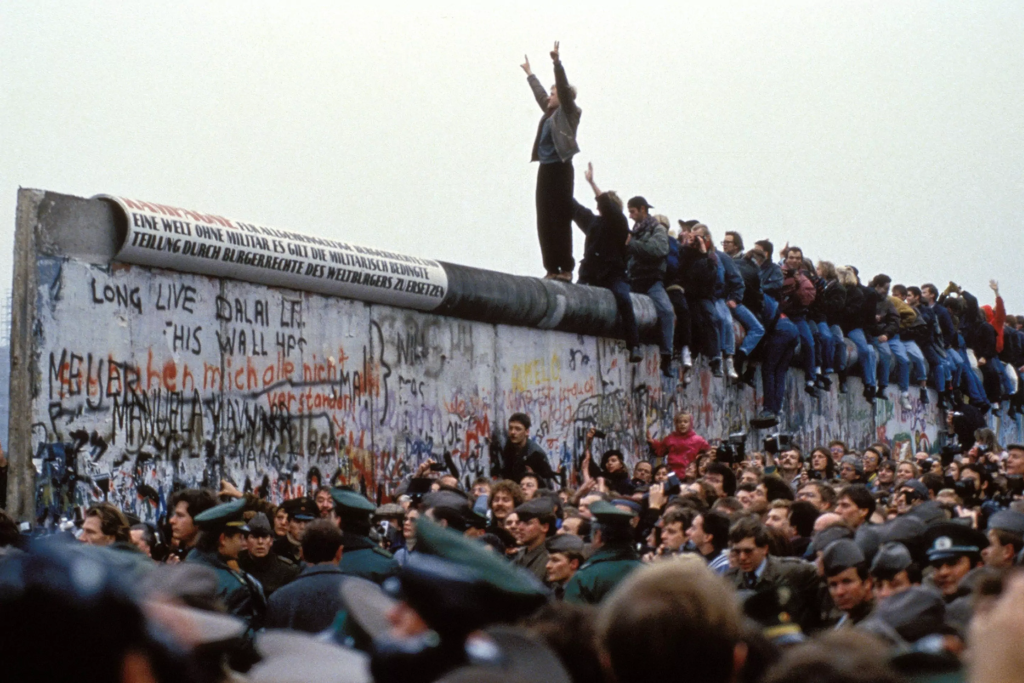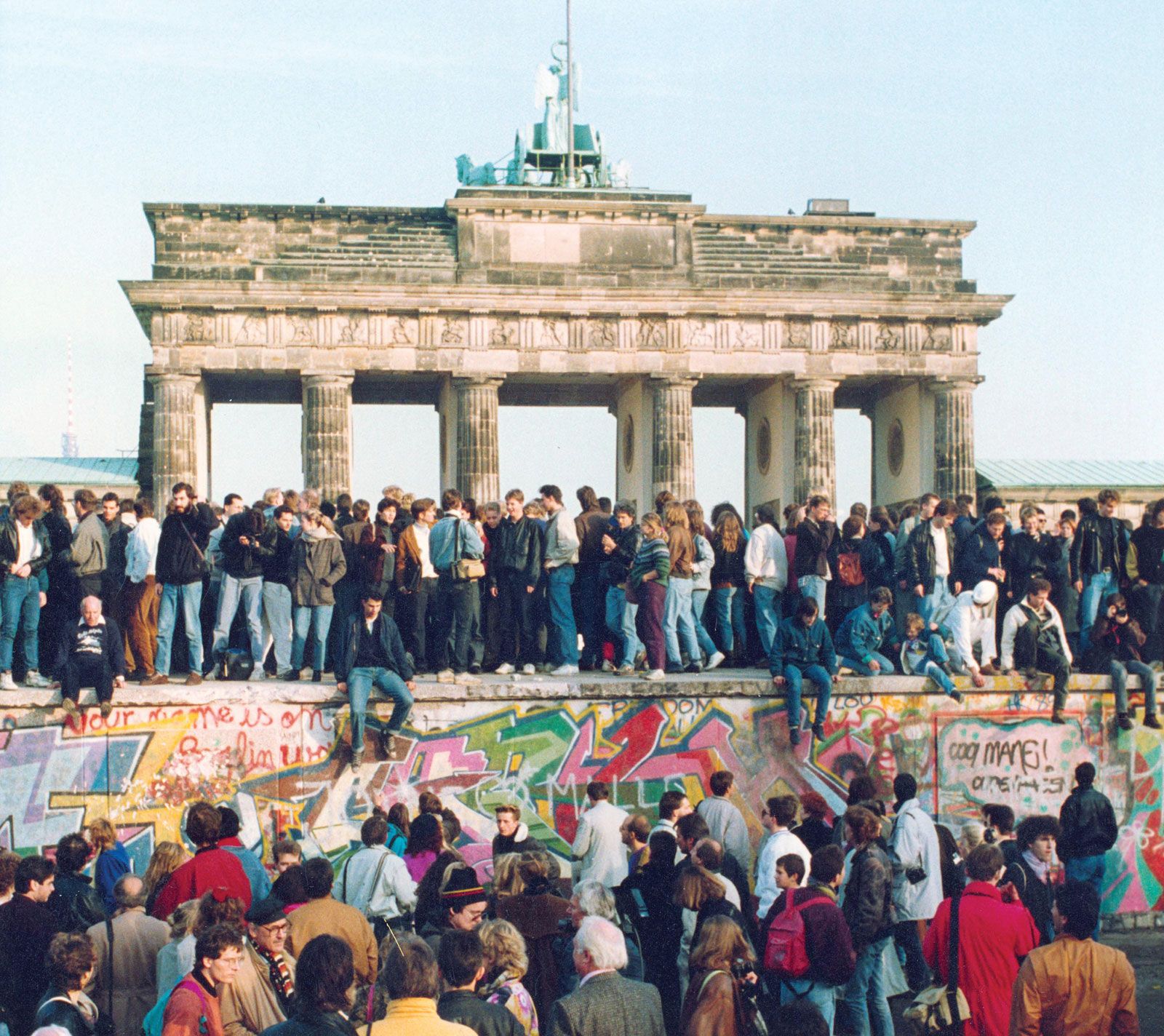In the annals of global history, the Cold War’s impact is etched indelibly, forging political and social changes that linger long after its dissolution. Amid the ashes of this intense international rivalry rose many transformative moments, not the least of which was the reunification of Germany. Born out of the Cold War aftermath, it marked a new era for Germany, Europe, and indeed, the world. Yet, each turn has taught us several lessons, fittingly encapsulated in the phrase, “What we have learned 30 years after the fall of the Berlin Wall” – lessons germane to understanding the modern world.
Consequences of the Soviet Union Collapse: Historical Geopolitical Shifts
At the heart of the Cold War stood two juggernauts – the Soviet Union and the United States. Their ideological combat spanned several decades, influencing many countries and drawing in nations worldwide. The Cold War era also saw significant technological advancements from space research to nuclear weapons development, separating the two superpowers.
However, the Soviet Union collapse in 1991 marked a shift with a magnitude that not only marked the end of the Cold War but also triggered historical geopolitical shifts around the world. Post-Cold War era saw a wave of democratization, and Eastern Europe emerged from under the Iron Curtain, paving the way for Eastern Bloc transformation.
The Legacy of Division: Reflection on the 30-year Impact of the Berlin Wall Demolition
Berlin’s division was quantified by the Berlin Wall, perhaps the Cold War’s most tangible symbol. Its demolition in 1989 heralded the end of the partition and pointed to a brighter, united future for the German people. However, the Berlin Wall legacy wasn’t merely physical remnants or the memory of its sudden fall. Instead, it was an enduring mark of the legacy of division that still impacts Germany and Europe today. Remarkably, the unification challenges that looked insurmountable have been navigated skillfully over the years, thanks to political will, strategic approach, and resolute efforts.
The Iron Curtain Dissolution and the Transformation of the Eastern Bloc
The Iron Curtain dissolution, triggered by the cascading revolutions in 1989, led not just to the reunification of Germany but also transformed political and economic landscapes across Eastern Europe. This period of dramatic change saw multiple Eastern European countries evolve from communist states into democratic societies. The Eastern Bloc transformation was a defiant declaration of Freedom in Eastern Europe and marked a pivotal turning point for these nations.
The Fall of Communism: Post-Cold War Era and European Integration
The fall of communism and the beginning of the post-Cold War era was inevitably followed by a major geopolitical shift – the European Integration. Initially, East-West relations were strained, filled with uncertainty and political upheaval. However, the shared vision of a united, peaceful, and prosperous Europe played a significant role in mending ties and building bridges between the once estranged economies.
Unification Challenges in Post-Soviet Europe: East-West Relations and Political Upheaval
The unification challenges in Post-Soviet Europe were numerous and diverse. From economic struggles, human rights violations to forging fresh alliances – the region was brimming with trials that needed overcoming. The delicate East-West relations post-reunification were constantly tested by political upheaval, and dealing with these difficulties meant facing the Cold War consequences. A new chapter began when East German citizens first cast their votes free from Communist rule, and it was not only a moment for celebration but also a significant historical milestone.

The Berlin Wall Legacy: Historical Milestones and Symbolism in the Peaceful Revolution
The Berlin Wall, synonymous with the extended hostility of the Cold War, became a symbol of oppression for East Germans who yearned for freedom. Its fall marked an end to this inhumane division and was regarded worldwide as a triumph for democratic aspirations over totalitarian control. The Berlin Wall symbolism continues to resonate, representing the peaceful revolution that forever changed the course of history and the monumental achievements in gaining human rights in the former Eastern Bloc.
Cold War Consequences: The Impact of the German reunification
The Cold War repercussions are still felt today, particularly regarding the German reunification impact. The former East German state, which was once under Soviet Union control, underwent a vast transformation. Former Communist state officials had to be integrated into the new society, alongside citizens who had lived under the Communist regime.
Historical Turning Points: A Look at Freedom in Eastern Europe and the Historical Milestones
Perhaps the most significant historical turning points post-Cold War are centered around freedom in Eastern Europe. A united Germany’s presence at the heart of the European Union is a testament to the success of European integration. This success story is a powerful legacy of the Cold War and continues to shape geopolitical narratives in the 21st century.
Cold War Repercussions: Reflecting on 30 Years of Shifts and Changes
Three decades after the Cold War, the world continues to grapple with the aftermath. Reflecting on 30 years of shifts and changes necessitates examining our shared history, the legacy of division, and the reunification of Germany. Today, as we learn from the past, these historical milestones serve to remind us of our potential for growth, resilience, and unity. Indeed, such reflections on historical turning points form the bedrock of understanding and navigating current global dynamics.

